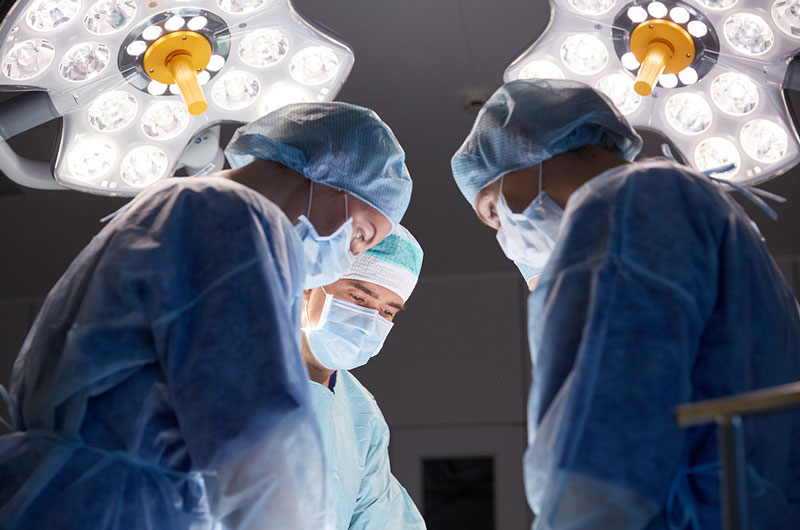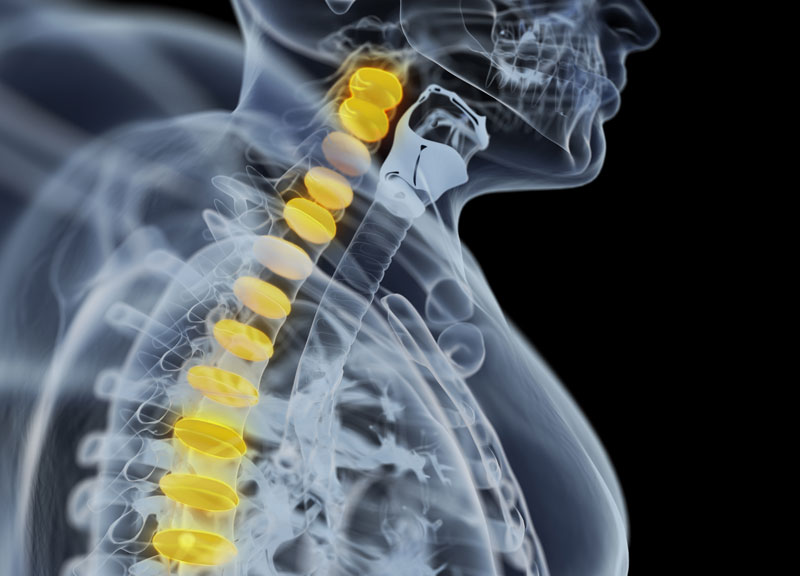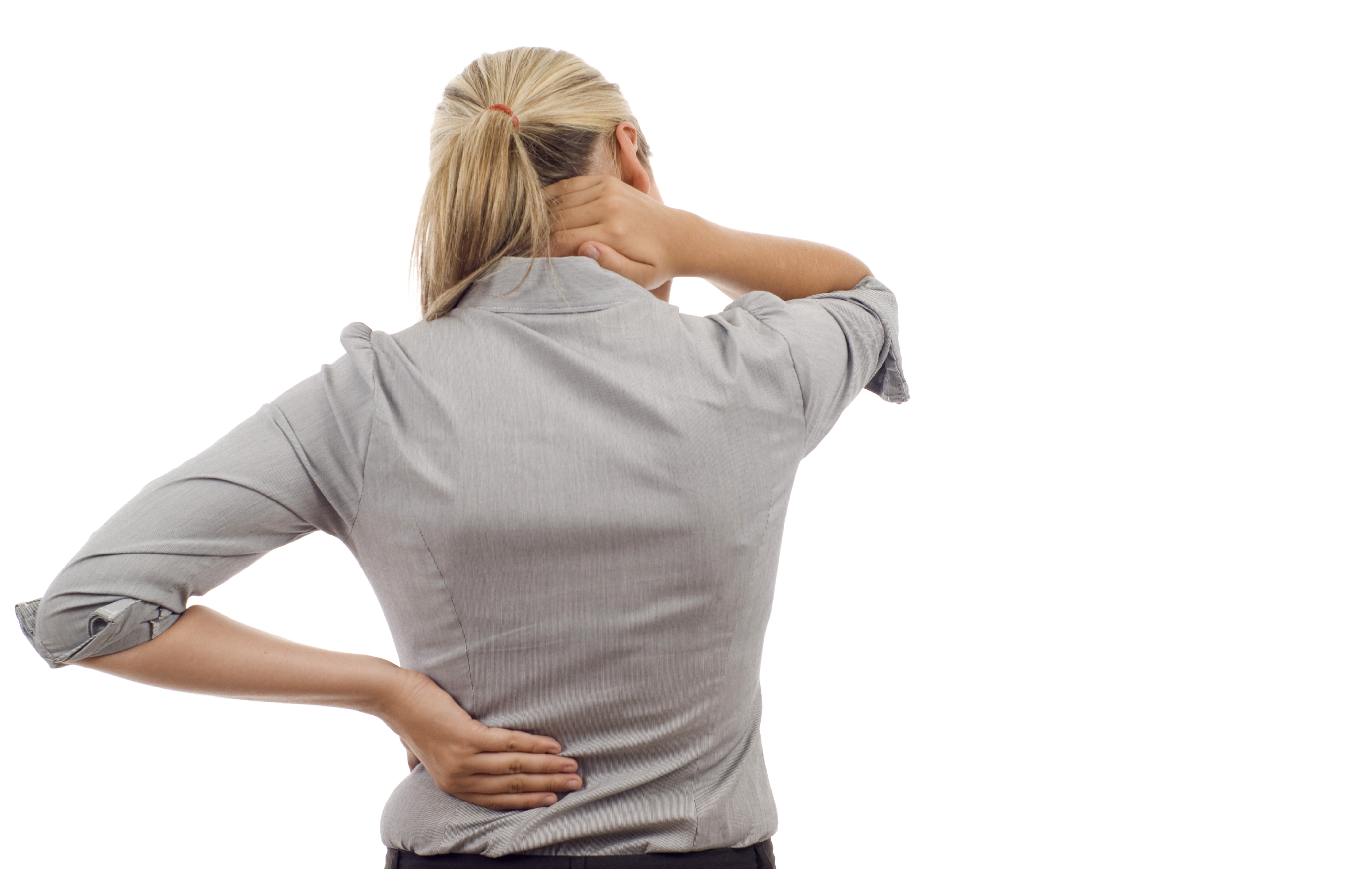Introduction
Cervical spine degeneration may result in varied conditions causing problems to patients. Usually, these are categorized into issues resulting from the following:
– Mechanical problems in the neck
– Problems resulting from pinched or irritating nerves
A cervical radiculopathy results from an irritated nerve in the neck that exits the spinal canal. The condition usually occurs when a bone spur or herniated disc pinches nerve root.
The information aims at helping you understand the following:
- Cervical radiculopathy anatomy
- All signs and symptoms of cervical radiculopathy
- Diagnosis process
- The treatments available for treating of the condition
Anatomy
When it comes to understanding the treatment choices and symptoms, it is important that you should first start with understanding general anatomy of your neck. This will include getting familiar with various parts that comprises of the neck and functioning of these parts.
The Pinched Nerve – Cervical Radiculopathy
While exiting the spinal cord and the cervical spine, the nerve root travels down into the arm. Each nerve supplies sensation (feeling) along the way each nerve supplies sensation (feeling) to a part of the skin of the shoulder and arm. It also supplies, electrical signals to some muscles to move a specific part of the arm or hand.
When a nerve is pinched or irritated by either a bone spur or a small part of the intervertebral disc, it creates problems in the nerve. The nerve will not function the way it should. This displays weakness in the muscles the nerve goes to. Numbness in the skin can be experienced by the patient. The is referred to as cervical radiculopathy.
Diagnosis
History
The doctor will enquire about complete history and assess when the pain first begin, the intensity of pain with level of activity, neck pain, problems related to bowels, bladder etc.
Physical Examination
The doctor will take detailed physical examination. The examination helps with checking how well you can bend your neck and roll your head in all directions. The doctor will check how well you can twist your neck. Other important elements include tenderness around the neck, muscle spasms around the neck and shoulders, numbness in the arms and hands, reflexes, strength of the muscles in the arms, hands, and legs, and signs of nerve irritation.
X-rays
X-rays display cervical spine bones. It shows problems affecting the bones, such as fractures, infection, or tumors of the bones. The x-rays are very useful in displaying the amount of degeneration and arthritis affect the neck.
Magnetic Resonance Imaging (MRI)
The test is used to evaluate the spine. The MRI is better than X-ray as it displays pictures of the nerves and discs. MRI is also done to find tumors, soft-tissue disorders, or herniated discs. The MRI is a painless procedure and lasts about 90 minutes.
Treatment Options
Treatment for a spine condition is usually aimed at:
- Providing relief from pain
- Minimizing risk of re-occurrence of injury
The neck pain treatment may range from a kind of reassurance that nothing is wrong with the very delicate surgery. The doctor decides treatment, according to the individual and his symptoms.
Usually, neck pain treatment falls into the following broad categories:
– Conservative Treatment (non-surgical)
– Surgical Treatment
Conservative Treatment
Medication
Doctors prescribe medications to control symptoms including inflammation, pain, muscle spasm, and sleep disturbance.
Here are some tips and precautions to follow while on treatment with medicines for cervical radiculopathy:
- Make sure all medicines are used wisely. You need to take them exactly as prescribed by your doctor. Report any side effects to the doctor immediately.
- Always remember that pain medicines are highly addictive.
- Pain medicine cannot control chronic pain, especially when used over a long period of time.
- Neck pain caused due to degenerative origin cannot be treated by any medicine.
- Inflammation and pain can be reduced by mild pain medications if taken on time and on a regular basis.
- Medications cannot stop degeneration. Patients can control pain with the help of these medicines.
Cervical Collar
Doctors prescribe a cervical collar to provide support and restriction of movement while an injured neck is healing. It helps with the normal alignment of the neck. Cervical collars may be soft (made of foam) or harden (made of metal or plastic). Since these collars can restrict head movement, you may require support for eating and other activities. Also skin under the collar requires being checked every day. This will prevent any sores or blisters that develop due to the collar.
Cervical Pillow
This is a special kind of pillow that may help with your pain at night. It helps with sleeping better. The cervical pillows are specially designed in a fashion to place the right amount of curvature in the neck. It also decreases the amount of irritation on the nerve roots. You can buy these pillows which can be bought from drug stores. You may also ask your therapist about these pillows.
Epidural Steroid Injection
When other treatments fail in providing relief from back pain, the doctor may give an epidural steroid injection. A cervical nerve block may also be recommended. A very small amount of cortisone (very strong anti-inflammatory medicine) is injected into the bony spinal canal through epidural steroid injection. Cortisone helps with controlling inflammation surrounding the nerves. This helps with easing the pain caused due to irritated nerve roots. However, it is important to remember that epidural steroid injection is not always successful. Hence, the injection is used only when all other conservative measures fail to work. Sometimes, it is also recommended with an aim to postpone surgery.
Surgery
Cervical radiculopathy may not improve with nonsurgical care in some cases. Under these conditions, the surgeon may recommend surgery for treatment. Here are some signs that your surgeon will see to recommend surgery:
- Unbearable pain
- Increasing weakness
- Increasing numbness
- Wasting of muscle
- The legs are also affected by the problem
Anterior Cervical Fusion
This is one of the most common types of surgery conducted to treat a cervical radiculopathy caused due to pressure from bone spurs and a herniated disc. Post surgery, the patient is usually placed in some type of brace. This speeds up the healing process. It is common for patients to wear braces for around 6-12 weeks after anterior cervical fusion.
Rehabilitation Process
Physical Therapy
Regardless of whether you have surgery or not, your doctor will instruct a physical therapist develop a specialized exercise regimen that perfectly fits into your condition. The therapist will help you learn various ways to prevent neck injury in future. Several issues originating in or associated with the cervical spine can be improved with a well planned exercise regimen combined with detailed study of mechanics of the neck.




